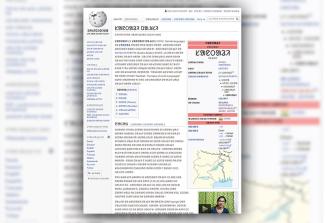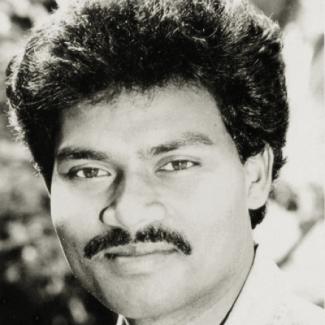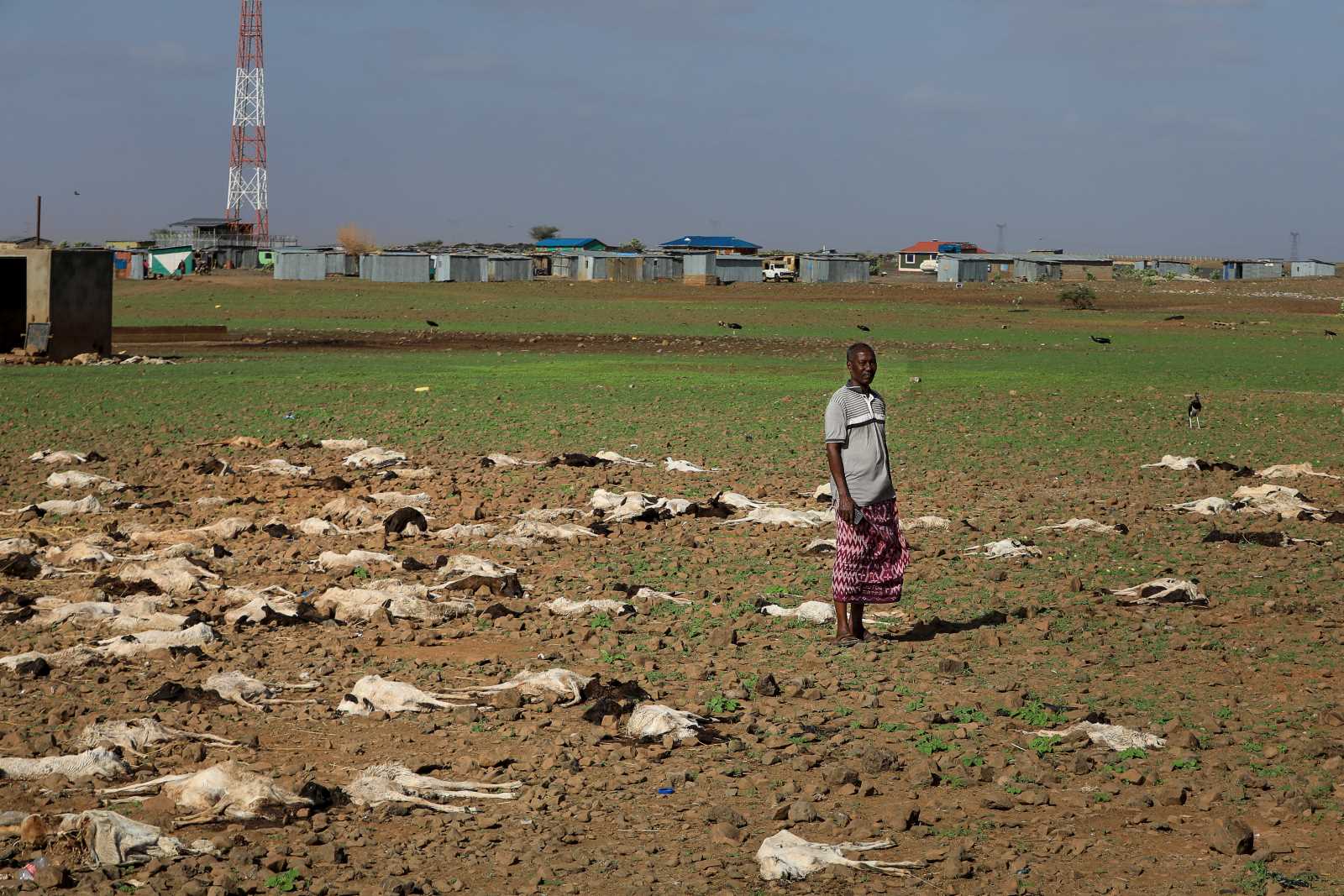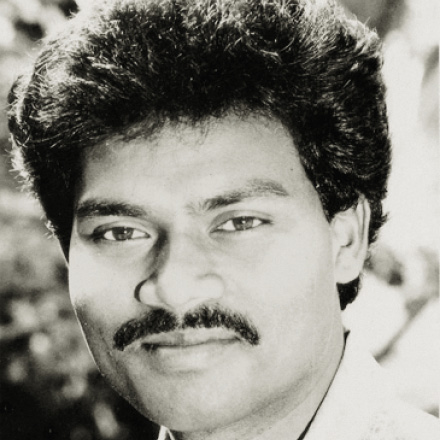Minorities
The pros and cons of the Ol-chiki script

The reason was that a Communist-led Left Front had won elections in the Indian state of West Bengal. It was keen to reach out to rural communities. The new state government believed that acknowledging Ol-chiki as the official script for the Santali language would serve that purpose, so it promised to do so.
The script had been developed in 1925 by Raghunath Murmu, an Adivasi intellectual. He wanted it to accurately represent the pronunciation of the language used by Santal tribes (see main story).
The basic idea was that Santal children should be taught in their own language. The state government accepted that Ol-chiki would be appropriate for doing so. It was keenly aware of Santals voting – and making up about half of West Bengal’s tribal population.
Santal children were to get a modern education, but at the same time they would also be taught about the community’s language, history and traditions. Ol-chiki supporters, moreover, hoped that this script would be adopted by all Santals in other Indian states as well as neighbouring countries.
The Left Front government, however, did not fulfil its promise immediately. Among Santals, a relentless movement emerged. Agitation sometimes became quite aggressive, for instance, when Ol-chiki proponents blocked highways, trainlines or access to government offices. Under such pressure, West Bengal finally accepted the script for official purposes, including education, in 2001.
The state government has since set up several Ol-chiki schools. Other steps to promote the script were taken, including at the national level. In 2004, Santali became one of India’s 22 official languages. No other Adivasi language has been granted that status. There now even is a Santali/Ol-chiki Wikipedia.
However, not everybody is happy with the progress of Ol-chiki. For one thing, Santali schools proved less effective than had been hoped. Reasons include a lack of Santali-trained teachers and Santali textbooks. There were other infrastructural challenges too. In India, the capacities of government schools are generally weak, and so is funding. So far, most Santali textbooks are mere translations of Bengali ones. They do not do much in terms of teaching our youth about our community.
Experience shows, moreover, that students from Santal schools often struggle to get admission to secondary schools or colleges. Given that Santals are a small minority, they need a good command of the language most people speak in their region. On top of that, English often proves essential in India too.
For these reasons, some Santals disagree with how the government is promoting Ol-chiki. They argue that other scripts are at least as useful, especially as they have a history of Santali literature. They consider Santali writing in any script to be valid. However, authors who do not opt for Ol-chiki are not even considered for the Government of India’s prestigious literary Santali Sahitya Akademi Award.
The scenario is not entirely bleak however. As more teachers are trained to teach in Santali and more textbooks with Ol-chiki writing appear, educational results will improve. Moreover, there is scope for publishing the same Santali text in more than one script. It is evident, however, that a script that is not accepted by the entire community, will ultimately not boost the community’s coherence.













